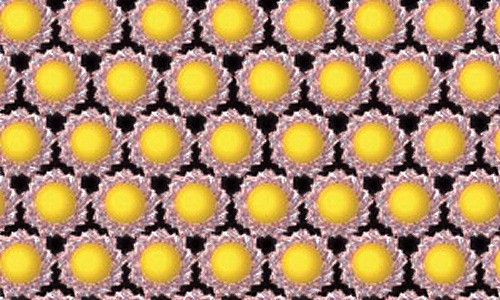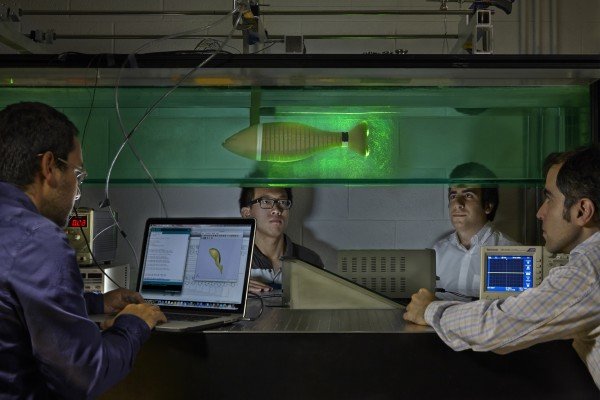Nano-circuit fabrication using a living bacterium? Science fiction seems to have met with reality with the news that researchers at the NASA Ames Research Center, the SETI Institute and the Argonne National Laboratory have demonstrated the assembly of a new generation of tiny machines for electronic and photonic devices built on biological systems.
Bioengineered nanoscale arrays are stacked using genetically engineered proteins as templates to create honeycomb-like patterns of gold and a semiconducting material. First, a protein is isolated from Sulfolobus shibatae, a robust bacterium that lives in geothermal hot-springs and can tolerate near-boiling temperatures and high acidities. It is then genetically modified to create a chemically active site on its edge, and cloned into a routinely used form of Escherichia coli bacteria. Heating the resulting mix destroys the E. Coli proteins, permitting the isolation of large amounts of the heat-tolerant Sulfolobus protein.
The protein forms chaperonins or natural ring structures only 10-20 nm across. These are then applied to substrates such as silicon wafers, where they self-assemble into large, hexagonal, periodic patterns. When nanoparticles of gold or cadmium selenide-zinc sulphide, a semiconducting material, are added they adhere only to active sites around the hole in each protein ring.
The regular arrays of nanoparticles that result are very similar to the patterns used in the microelectronics industry, with the added advantage that they are much smaller. Arrays of nanoparticles like these could be used to make more compact computer memories, sensors or logic devices.
Story Source:
The above story is based on materials provided by Cern Courier.





